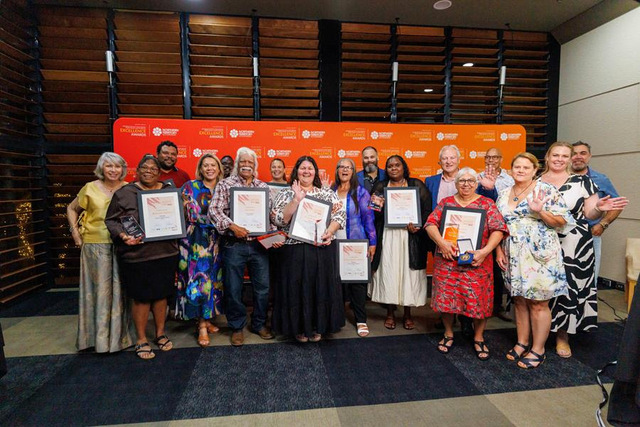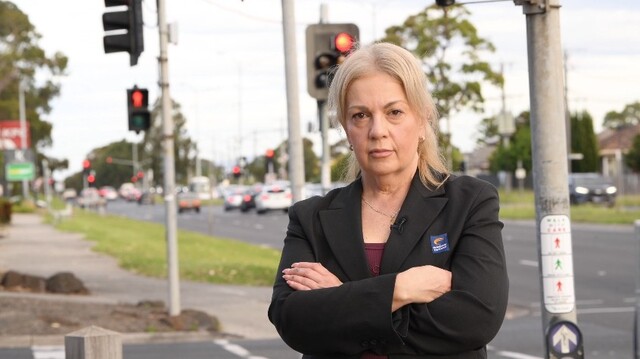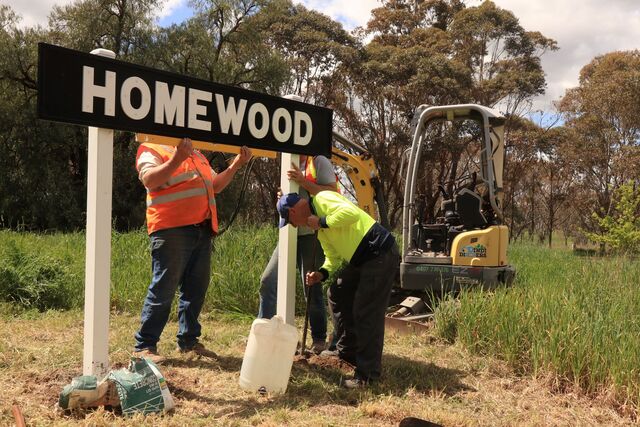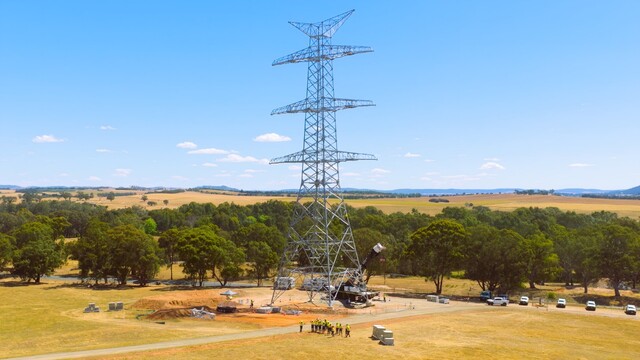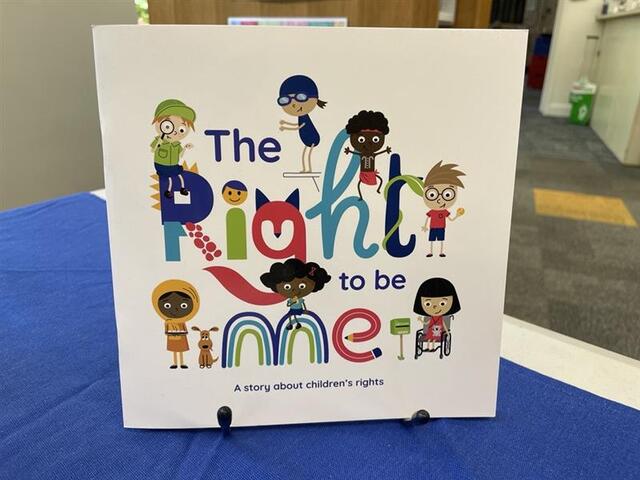The NSW Independent Local Government Review Panel has released its final report for further discussion with the sector.
Panel Chair, Professor Graham Samson, said that while the release of the Revitalising Local Government report marks the end of the Panel’s review, it should be seen as the beginning of a series of changes that will take several years to complete.
“Better local government is vital for the State’s future. We literally can’t afford councils that are unsustainable or lack the capacity to meet community needs and work effectively with State agencies.”
Professor Sansom said ‘no change’ was not an option, with too many councils facing serious financial problems.
“Far-reaching reform is essential to make NSW local government sustainable and fit-for-purpose. The current arrangements simply cannot and will not maintain strong and effective local government for the majority of communities and regions across the state.
“Tired old debates about amalgamations, rate-pegging and cost-shifting must be resolved. There’s no ‘pot of gold’ in Canberra or Macquarie Street to save struggling councils. State and local governments must find much more productive ways of working together to make better use of scarce resources.”
Professor Sansom said that while amalgamations were not a panacea for local government’s problems, they must be considered for stronger and more effective local government.
“The evidence before the Panel was absolutely clear: this State simply does not have the financial and human resources to support 152 well-functioning councils. The evidence also shows that properly planned mergers in the right places can bring great benefits.
“Possible mergers must be considered through impartial and careful consideration of the facts, not with megaphones and misleading propaganda.”
In a section titled ‘The case for amalgamations’, the final report said taxpayers should not be expected to increase grant funding indefinitely to support councils that were ‘unnecessarily small, lack capacity and build excessive costs into the system’.
“Mergers should be pursued where they can make a substantial contribution to addressing financial problems, reducing fragmentation of resources and duplication of effort, and building strategic capacity for the long term. Capacity should be [further] enhanced through regional collaboration via the new Joint Organisations.”
Minister for Local Government Don Page said the NSW Government was committed to working with councils to identify what needed to be done to strengthen the local government system.
“We made an election commitment of no forced amalgamations of councils and that commitment continues as we discuss the options proposed by the Panel.
“Some ideas in the reports will require careful consideration and development. We need to take the time to get this right.
“The reports show quite clearly that local government is facing many challenges and that ‘no change’ is simply not an option if we want NSW to become number one again.
“However, this change needs to be developed in partnership with councils and their communities.”
Local Government NSW (LGNSW) has called on the NSW Premier, Barry O’Farrell, to extend the consultation period for councils to respond to the report. The deadline is currently set for 7 March.
LGNSW President Keith Rhoades said the vast majority of NSW councils would not have their first council meeting for 2014 until February, leaving them little time to properly consider and respond to the report.
“The Minister’s had the Review Panel’s report for nearly three months, we’ve had it for three minutes! If the NSW Government is serious about working with councils to improve the capacity and financial sustainability of local government, they need to live up to their end of the Intergovernmental Agreement.
“Obviously, local government’s main concern is council amalgamations. While the report does not support forcibly amalgamating councils, it does provide a very detailed ‘merger’ blueprint for a future state government without the current ‘no forced amalgamations’ policy.
“With that said, many councils in NSW face a funding crisis for which there is no easy answer under the present system. We recognise changes need to be made.
“There is often a great divide between city and country councils, and we cannot let those who live outside the big cities become second-class citizens through lack of funding, the inability to recruit skilled staff (in some areas), and access to the latest technology.”
Hills Shire Mayor Dr Michelle Byrne said her council was one of the few that ‘haven’t adopted a head-in-the-sand approach’.
Councillor Byrne said that while the final report of the Review Panel contained some good points and made a great case for reform, she was disappointed that the Hills Shire Council’s plan to form a new, larger council had been overlooked.
“Something needs to be done to make local government more sustainable. It’s time that local government in NSW realised that this means fewer councils, not more grants and subsidies from the State and Federal governments.”
Among those expressing their opposition to merger recommendations was Gosford City Council.
Gosford City Mayor Lawrie McKinna said that while councils faced a number of challenges, a merger between Gosford City and Wyong Shire was not the best solution.
“Gosford and Wyong are different areas each with their own unique needs and demographics. The establishment of one single Central Coast Regional Council would potentially limit the ability of Gosford City Council to provide effectively for its residents due to the size and nature of the proposed area.
“To more efficiently serve the residents of the Central Coast, there are already shared arrangements in a number of key services between Gosford and Wyong councils including waste, road safety and social planning.
“These existing arrangements mean there may be little benefit to a full amalgamation as both councils already join services, where viable, while still being able to focus on the individual needs of each area.”



